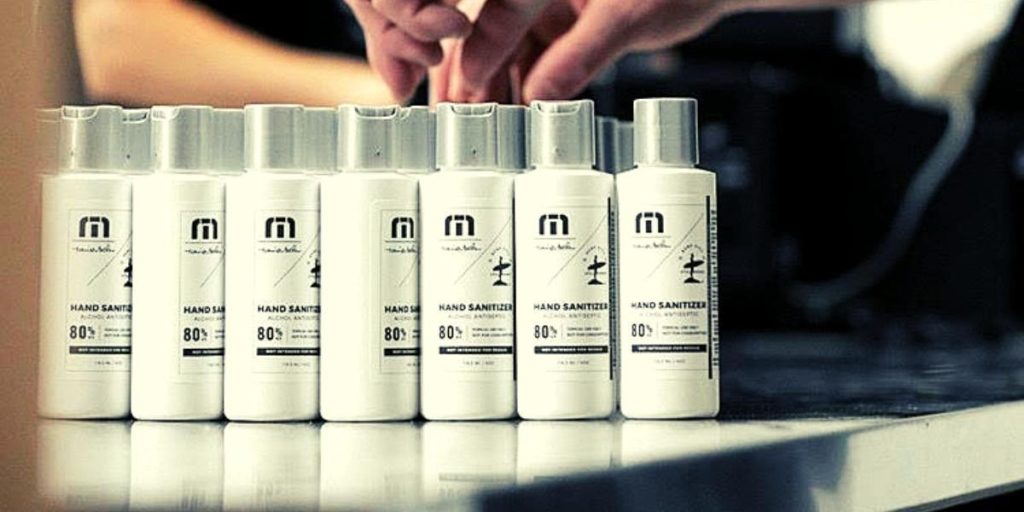Distilling Hand Sanitizer: Surviving Financially Through COVID-19

In this challenging environment created by seemingly every potential iteration of Murphy’s Law happening throughout 2020, there have been some ways to pivot that allow you to not only survive but actually thrive. One of these pivots for beverage alcohol producers is a change in product offerings from craft spirits to artisanal hand sanitizer. The hand sanitizer market is projected to maintain a 16% compounded annual growth rate through 2025, so even with the increased production that happened at the start, distilling hand sanitizer is a lucrative endeavor.
Distilling Hand Sanitizer: TTB Guidance
According to the Tax and Trade Bureau, “All TTB-permitted DSPs (including AFPs and beverage DSPs) may manufacture hand sanitizer products that are comprised of denatured or undenatured ethanol, glycerol (not less than 1.45% of the finished hand sanitizer product on a volume basis), and hydrogen peroxide (not less than 0.125% of the finished hand sanitizer product on a volume basis), without first obtaining formula approval from TTB.” This means that current beverage alcohol producers can get into distilling hand sanitizer as long as they follow the prescribed formulas and guidance.
Converting Existing Distilling Systems vs. Expanding Operations
We’ve seen several companies take the plunge and produce hand sanitizer using several different distilling systems and strategies to fit within their business models. Some producers have converted existing distilling equipment to achieve the higher proof needed to produce hand sanitizer, while others have expanded their operations to account for the increased demand. We have a customer that is currently expanding their distilling operation because they’ve been using a tanker of ethanol a week to keep up with their hand sanitizer contracts. There’s a lot of room for new players in this market, and there likely will be for the foreseeable future. But since not everyone is equipped to bulk-produce a neutral spirit to directly replace sold-out products, there are other techniques that can help smaller craft distilleries who aren’t ready to purchase an entirely new system.
Many studies are showing a trend toward natural hand sanitizer solutions gaining market share. One of the things driving this trend is the thought that if you wouldn’t put it in your mouth, why would you put it on your skin? This trend should allow more boutique options for unique offerings in the truly artisanal hand sanitizer space. Scented and more pleasant formulations should be on the rise as overall use increases, so turning that leftover or off-spec gin into a hand sanitizer may be a great way to recycle your materials or keep your distilling systems running and employees working.
How to Differentiate Your Product
As with any product launch, identifying your niche and brand identity will help you find your footing in this new market. Producing a more natural or even an organic product can help you differentiate your brand and help you enter the market in a less price-competitive space. Just like a fine bottle of spirits should demand a higher price point, so too should a premium hand sanitizer with a unique offering.
At the end of the day, the world is very different than it was a few short months ago, and we all need to pivot to survive and thrive. Exploring new markets and adding new products is a great way to protect your business from uncertainty and diffuse your risks across different markets. Hopefully, many of you are already doing this – but if not, now is a great time to branch out and expand your horizons. What do you have to lose by distilling hand sanitizer?
>> Ready to expand your distilling systems to tap into the hand sanitizer market? Contact StillDragon today for help choosing the right equipment.